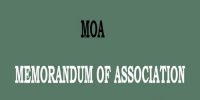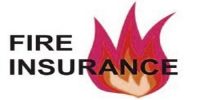Rating: Rating determining the amount of premium to be paid to insure or reinsure a risk. Example: The estimate of the size of the television audience relative to the total universe expresses as a percentage. The estimated percentage of all TV households or persons tuned to a specific station. In the example below, three of the 10 homes in the universe are tuned to channel 2. That translates to a 30 rating.
Class rating: Class rating is a type of manual rating that places similar consumers into the same underwriting category. The second type of rating method is class rating. Most rates used today are class rates. The class rating means that exposures with similar characteristics are placed in the same underwriting class and each is charged the same rate. The rate charged reflects the average loss experience the class as a whole. Class rating is based on the assumption that future losses to insured will be determined largely by the same set of factors. There are two basic methods for determining class rates:
- The pure premium method – the pure premium is 1st calculated by summing the losses and loss-adjusted expenses over a given period and dividing that by the number of exposure units
- Loss ratio methods – Loss Ratio is the ratio of total losses paid out in claims plus adjustment expenses divided by the total earned premiums.















